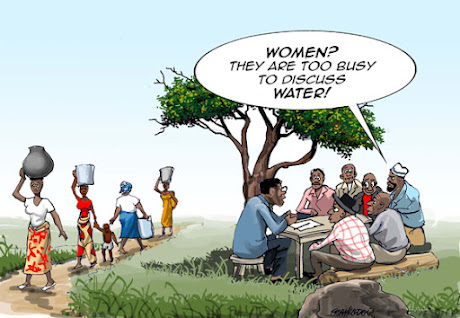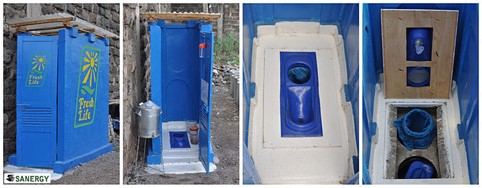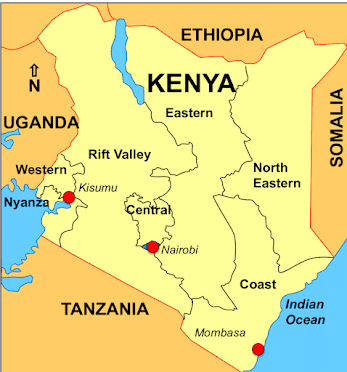Gendered sanitation

Hello everyone! Today I will be exploring gendered water and sanitation as well as highlighting an exemplar case study from Egypt, North Africa. Femme WASH Traditionally, WASH has been gendered as females have an integral role in engaging with water and sanitation responsibilities, arguably more than men (MacArthur et al. 2020). These domestic responsibilities include fetching water, cooking, cleaning, caring. However, the implications of these gendered experiences highlight female struggle. The poor WASH conditions make women susceptible to worsened health including back injuries, stunted development of young girls and nutrient deficiencies (Pommells et al. 2018). Furthermore, poor WASH is linked to sexual, psychological, physical and sociocultural violence (Sommer et al. 2014). Unfortunately, these implications occur through inadequate, far away facilities which increases the risk of sexual violence, fights when queuing, domestic violence from husbands and menstruation comp


